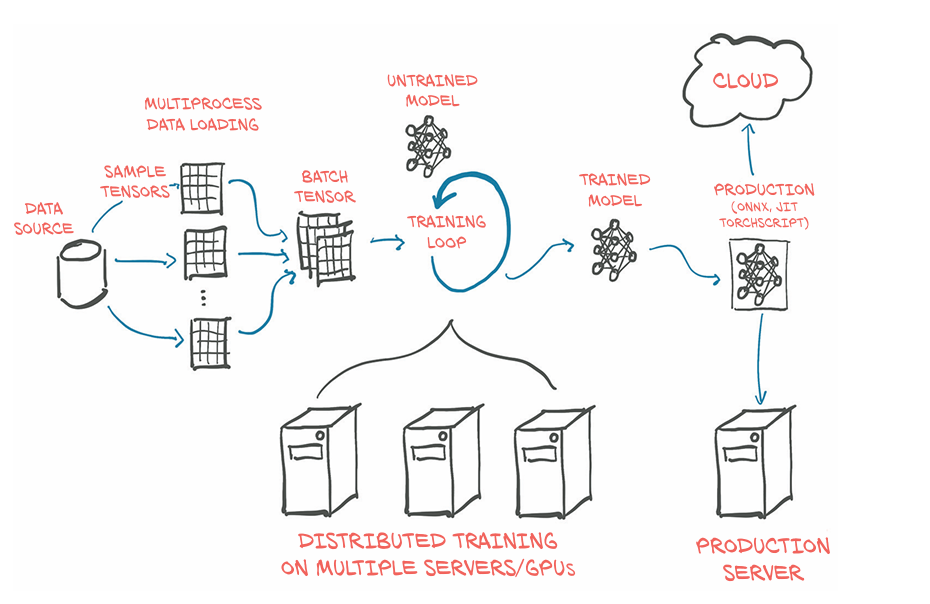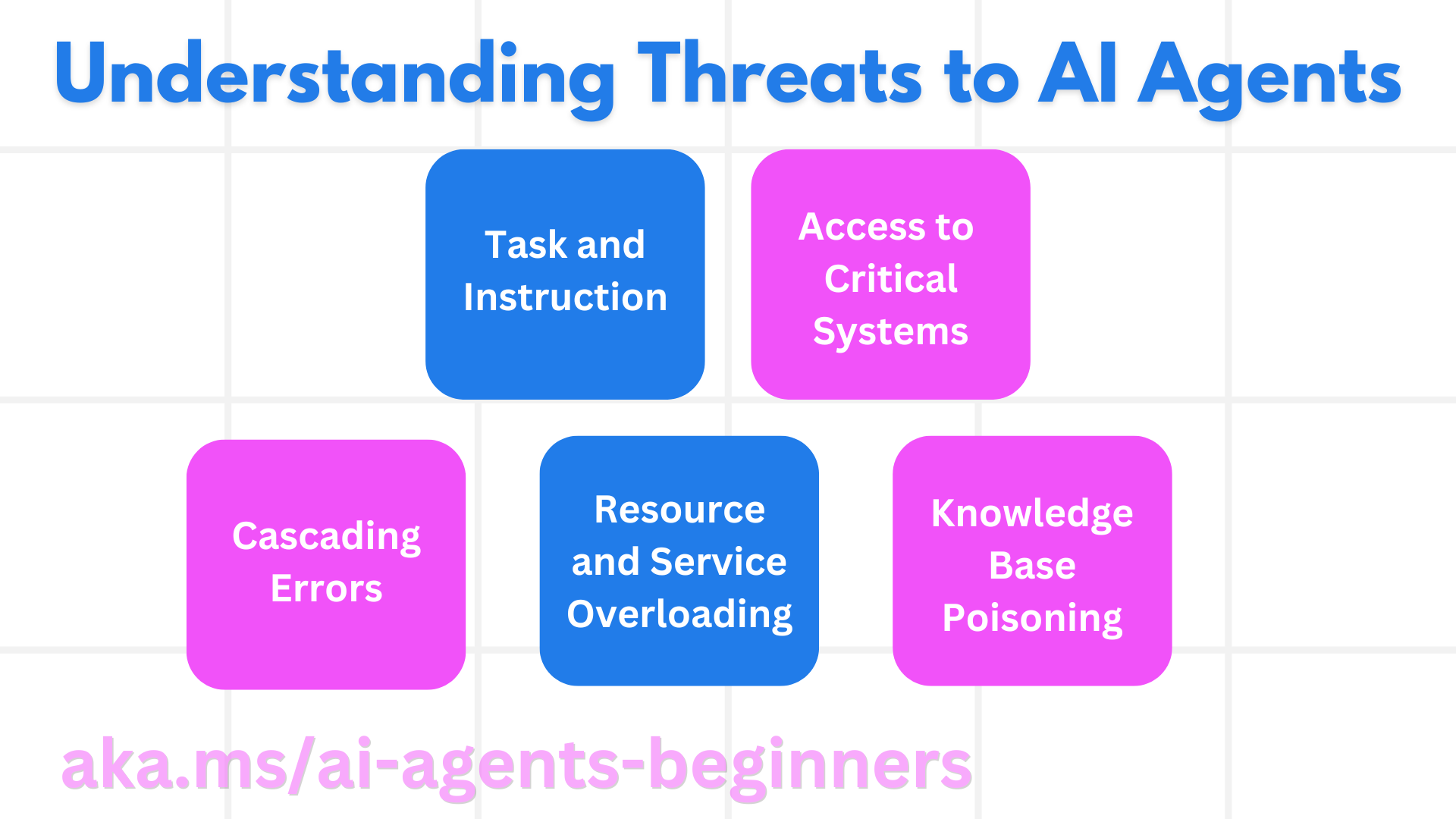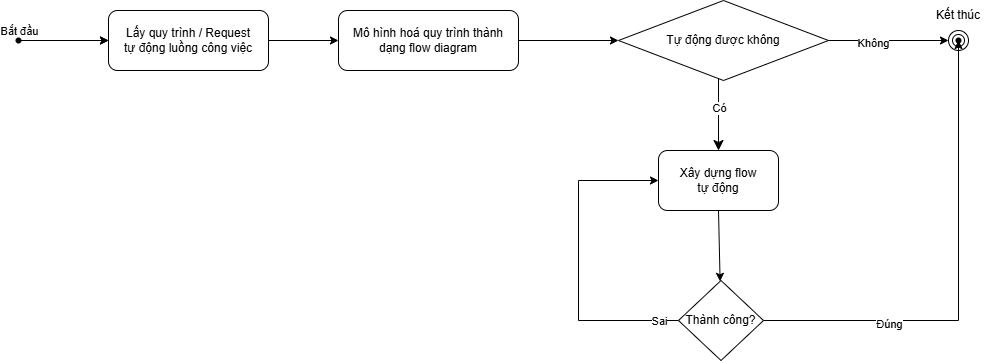Template Report
1. Executive Summary
- Objective: Briefly explain why the research was conducted (e.g., solve a problem, improve efficiency).
- Key Findings: Summarize the major conclusions and recommendations.
- Impact: Highlight the potential benefits of the new technology.
2. Introduction
- Background: Describe the current situation, challenges, or limitations that prompted the research.
- Purpose: State the purpose of the research (e.g., evaluate feasibility, compare solutions).
- Scope: Define the boundaries of the study (e.g., specific use cases, teams, or systems).
3. Research Methodology
- Approach: Describe the methods used to gather and evaluate information (e.g., testing, surveys, benchmarking).
- Criteria: List the evaluation criteria (e.g., performance, scalability, ease of use, cost).
- Tools/Resources: Mention any tools, datasets, or environments used.
4. Technology Overview
- Description: Provide a high-level overview of the technology.
- Features: Highlight key features or innovations.
- Market Adoption: Briefly mention how widely the technology is adopted or supported.
5. Analysis and Findings
- Testing and Experiments: Document the tests or prototypes you built and the results.
- Comparison with Alternatives: Compare the new technology with current solutions or competitors.
- Strengths and Weaknesses: List the pros and cons of the technology based on your findings.
6. Use Case Applicability
- Potential Use Cases: Identify specific scenarios where the technology could be applied.
- Limitations: Highlight areas where the technology may not be suitable.
- Integration Feasibility: Discuss how easily the technology can be integrated into existing systems.
7. Cost-Benefit Analysis
- Implementation Costs: Estimate costs (e.g., licensing, training, migration).
- Return on Investment (ROI): Discuss potential savings or revenue increases.
- Risk Assessment: Highlight risks associated with adoption.
8. Recommendations
- Adoption Plan: Recommend whether or not to proceed and provide an implementation timeline.
- Training and Support Needs: Outline any training or support required.
- Further Research: Suggest additional areas for exploration if needed.
9. Conclusion
- Summary of Findings: Recap the most important insights.
- Final Recommendation: Reiterate your stance on adopting the technology.
10. Appendices
- References: List all sources used during the research.
- Data and Charts: Include any additional data, graphs, or tables supporting your analysis.
- Technical Details: Provide detailed technical notes or configurations.


